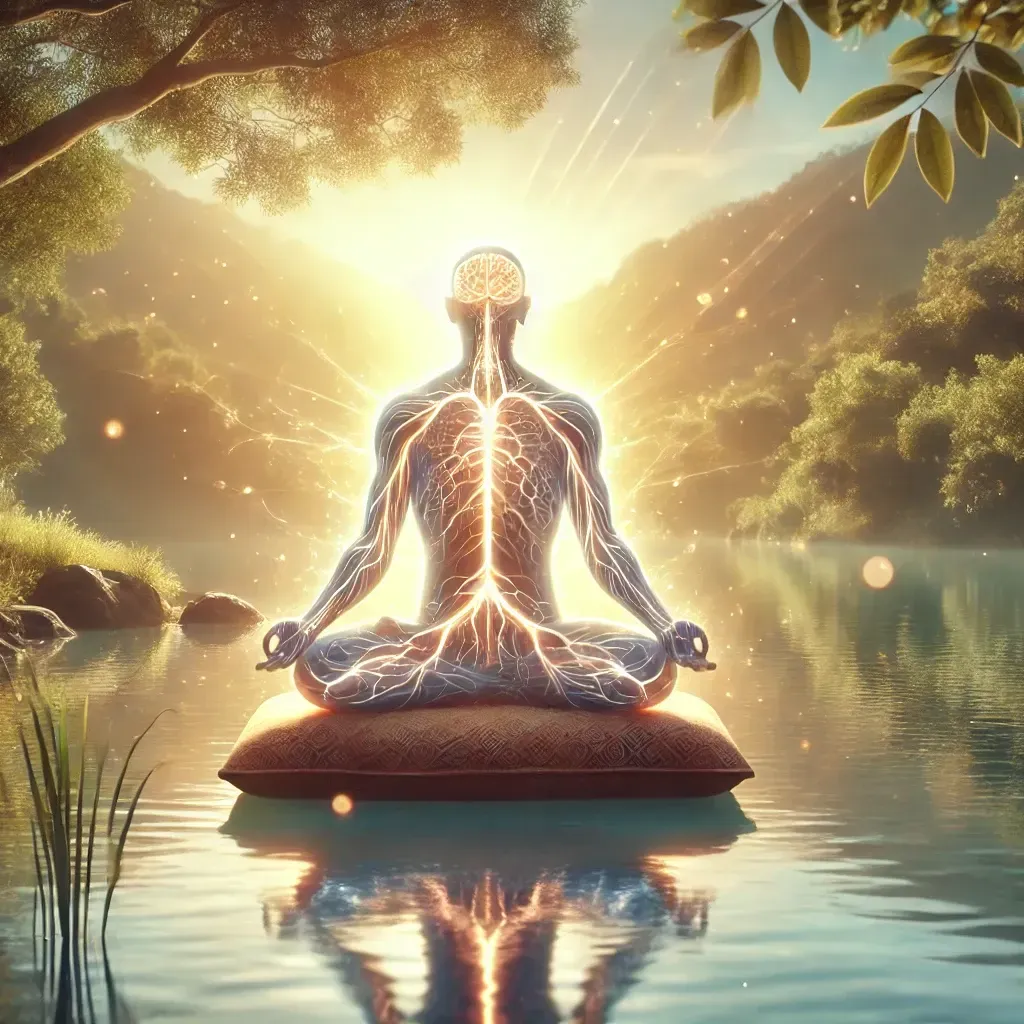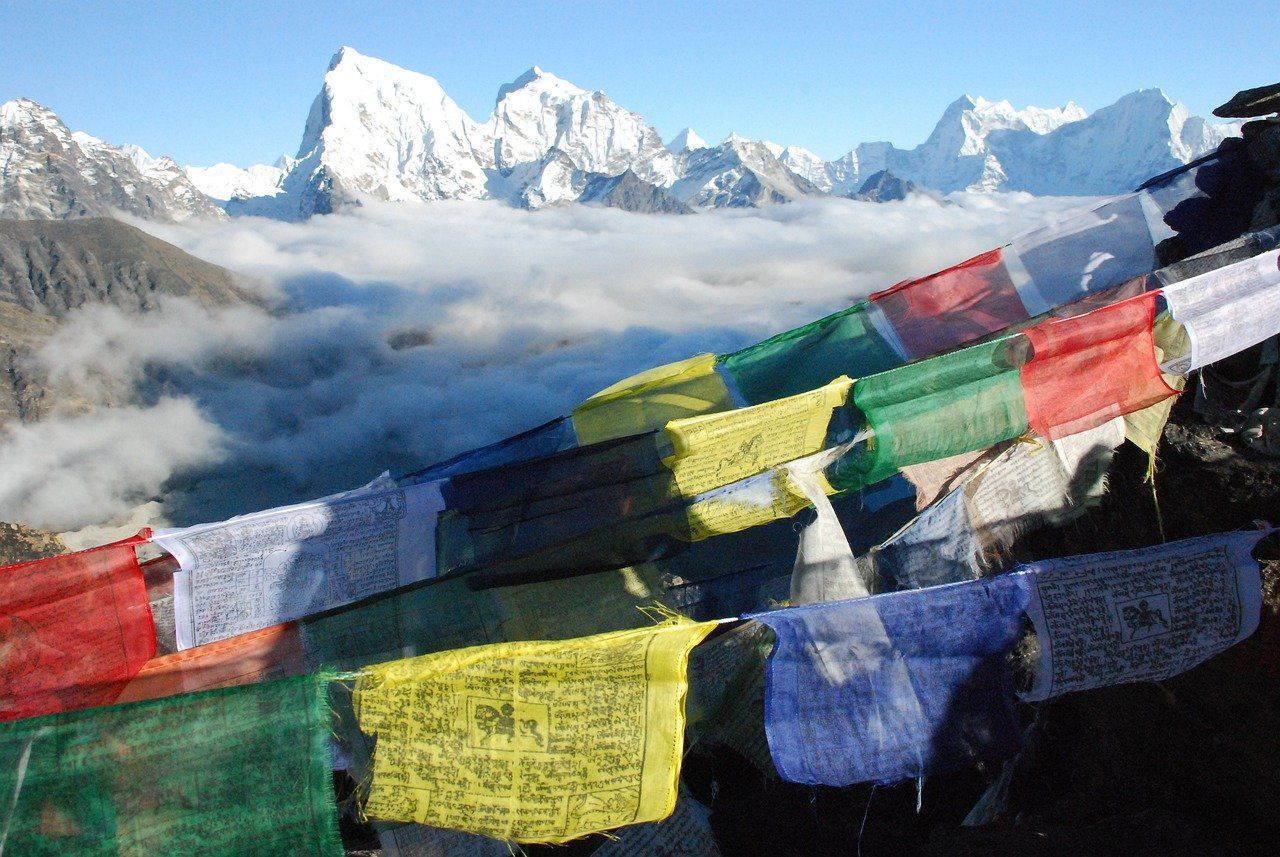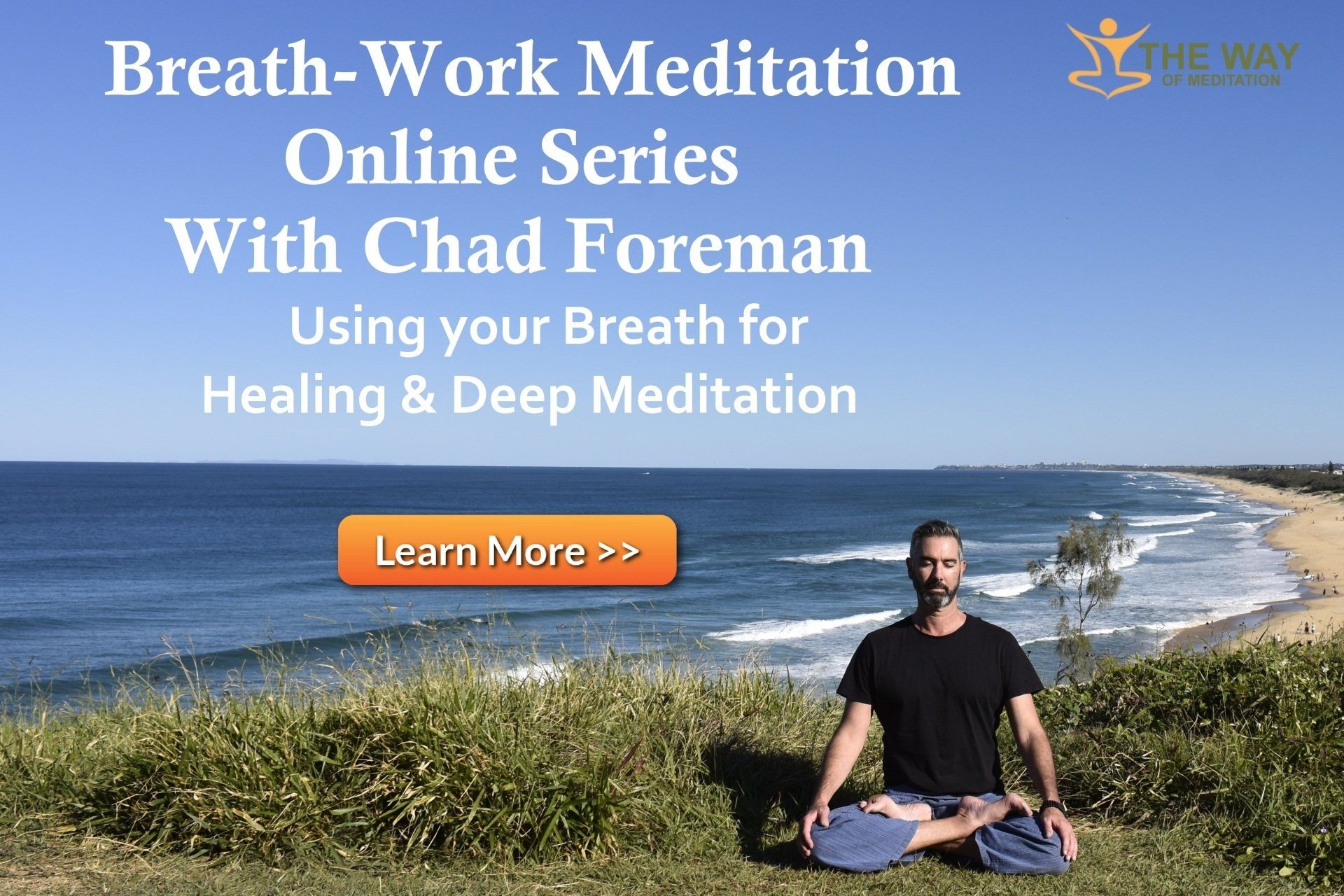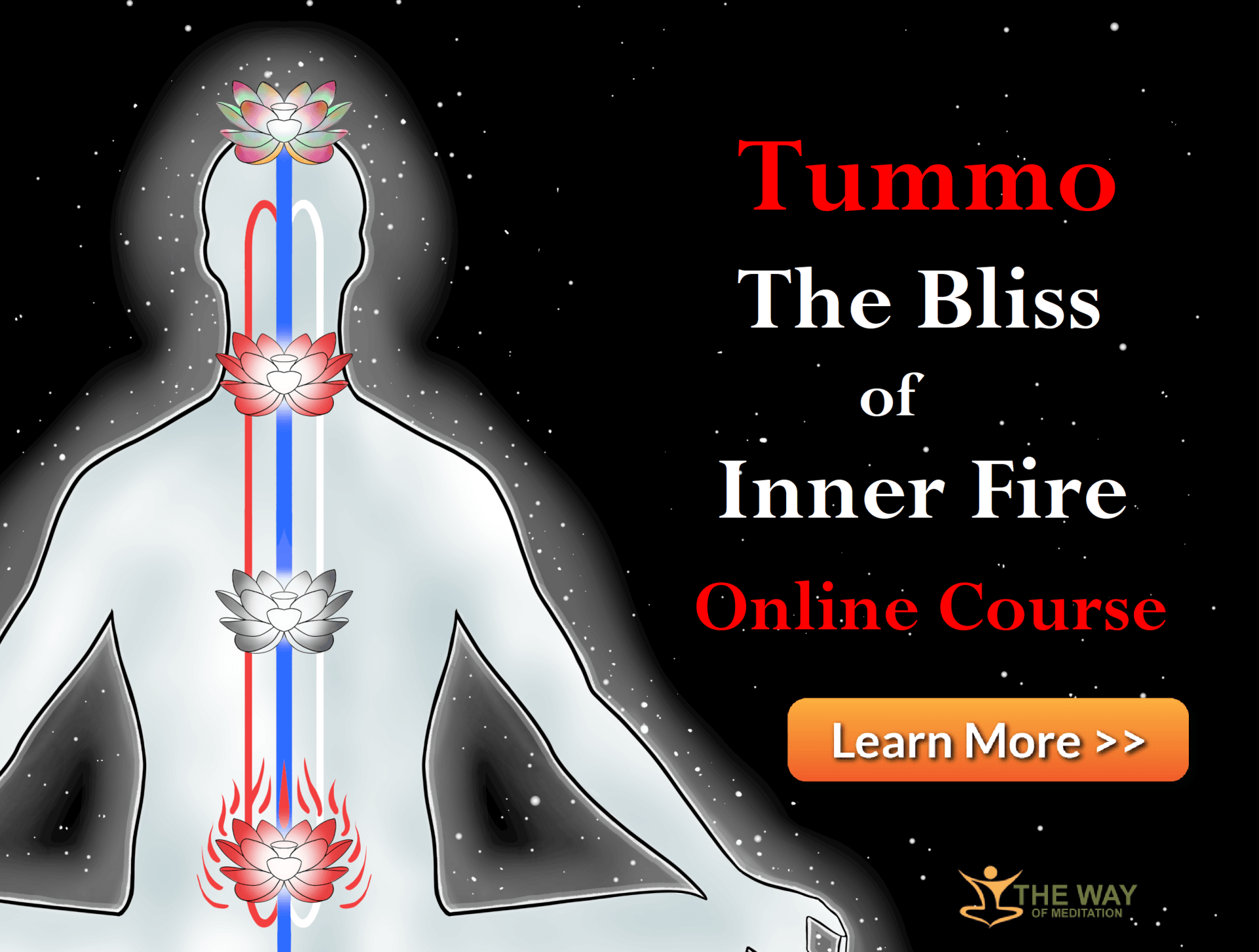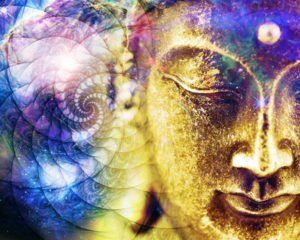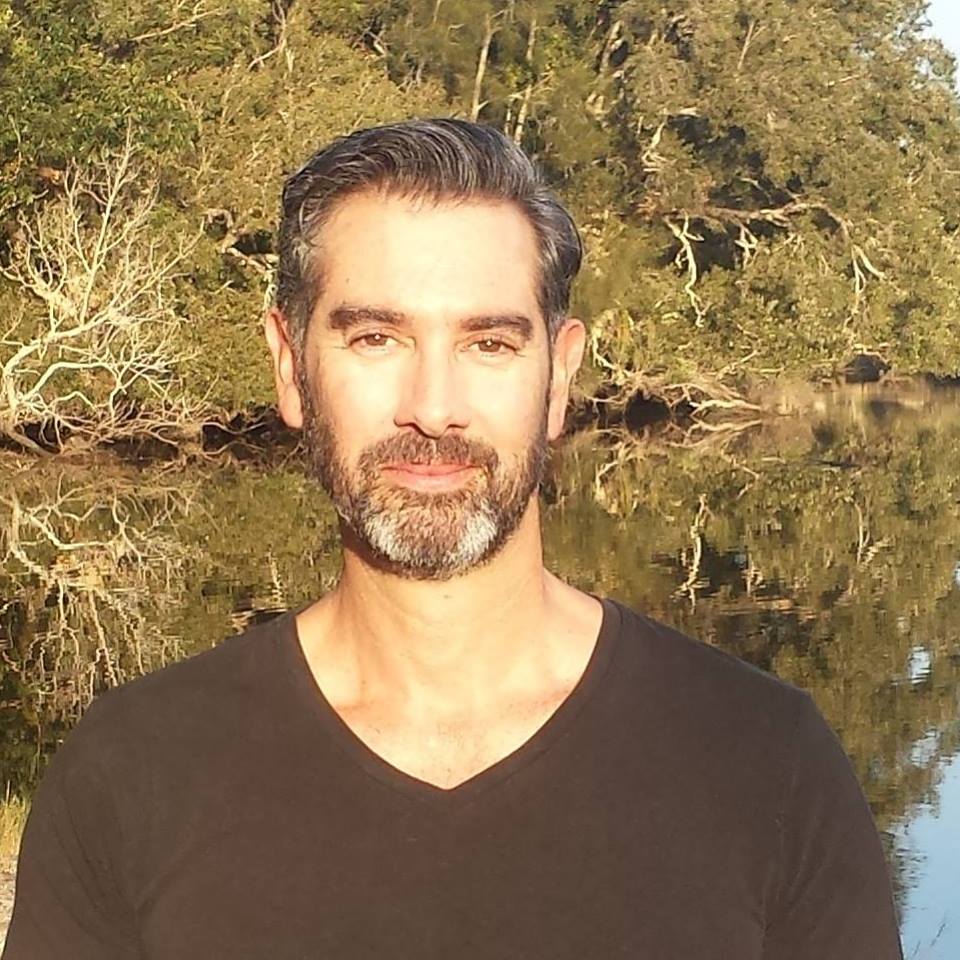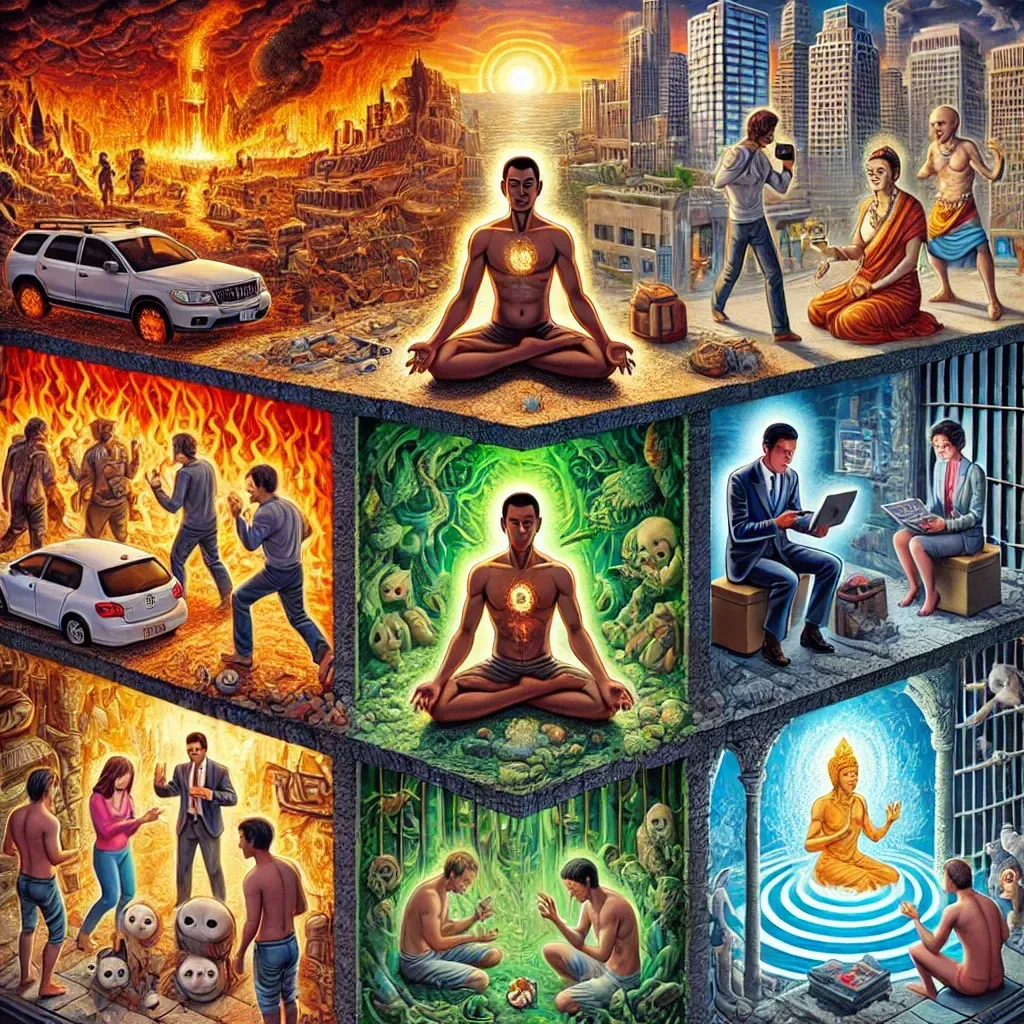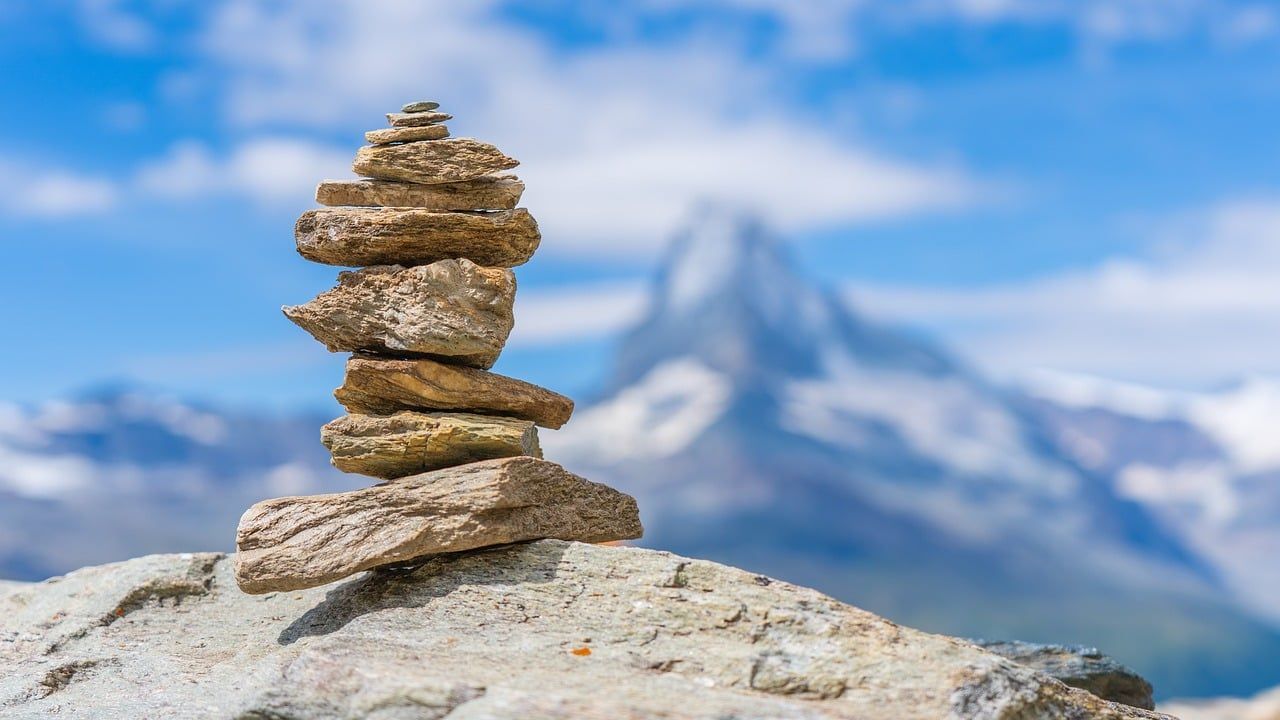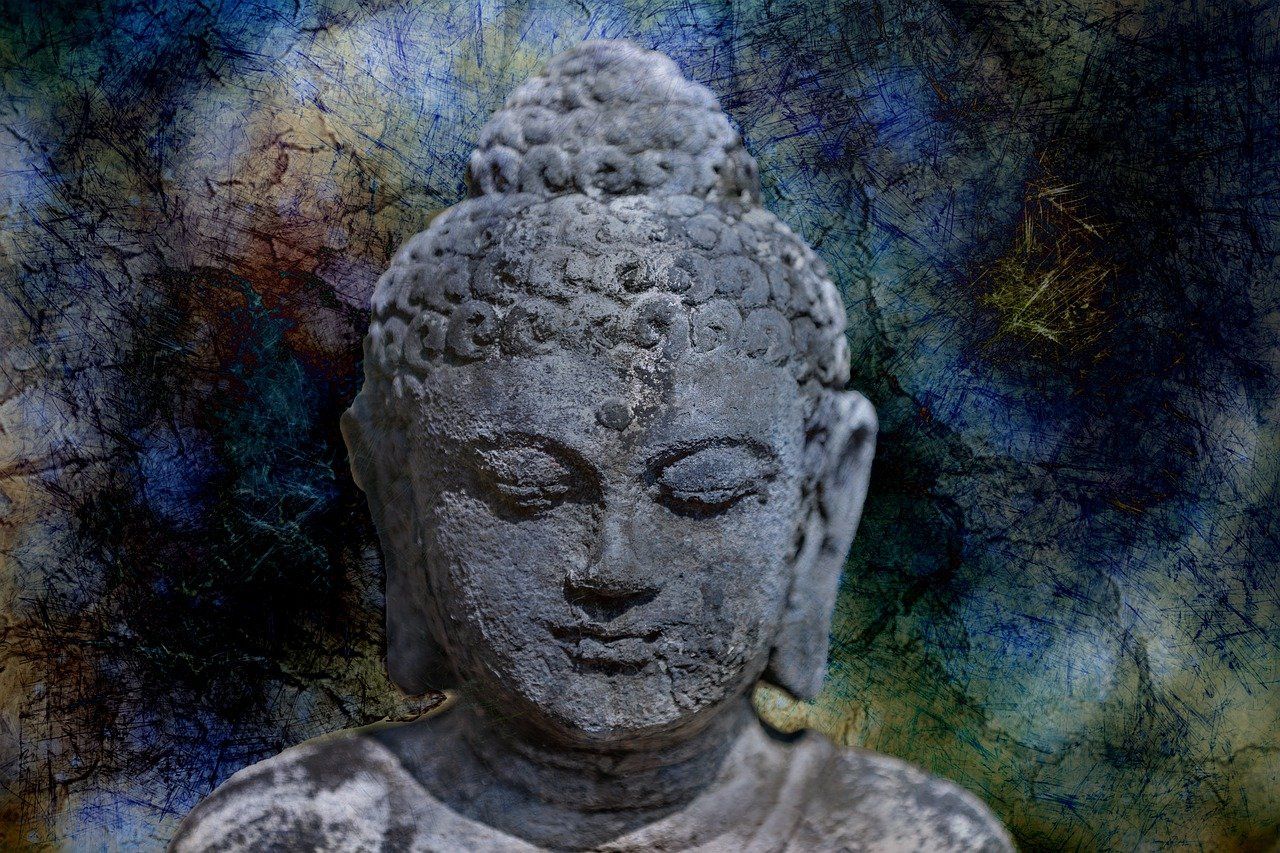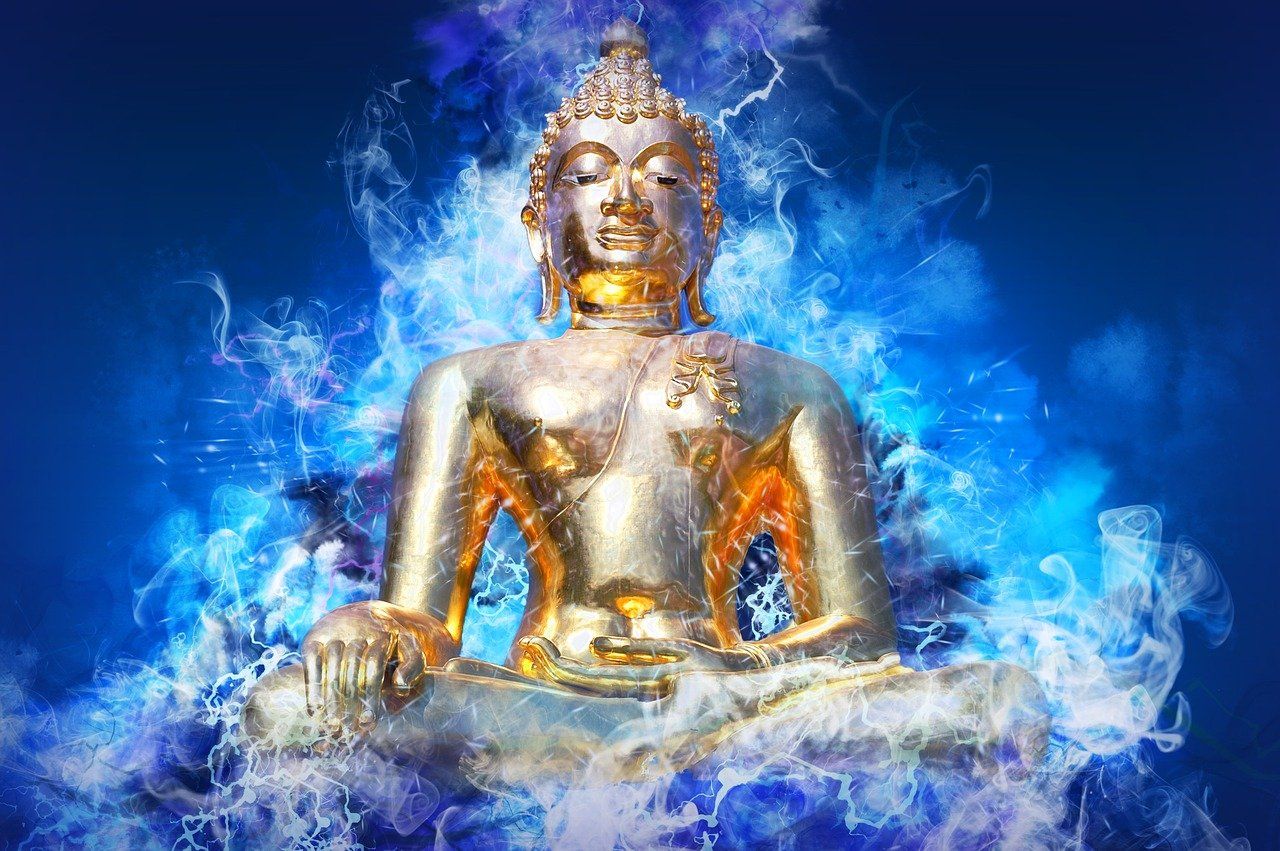The Buddha Taught How The Self Exists And It's Not What You Think
Does The Self Exist According to Buddha?
I would like to offer a middle way which is what I believe Buddha taught 2,500 or so years ago. I notice in spiritual communities the idea put across about an illusory self or a non existent self and they often teach that when you look for a self through self-enquiry you cannot find one so there must not be a self. This is exactly the conclusion that is warned against in ancient scriptures. To say the self does not exist at all is a big mistake on many levels.
“There is a self but it’s just not what you think it is.”
The middle way is the middle ground between two extreme views. Saying the self exists as a separate and permanent thing is an extreme. But it is also an extreme view to say the self does not exist at all. The self is neither permanent nor non-existent. The middle way is somewhere in between these two extremes. There are two mistakes that are made with Buddhist negation of the self. Negating too much and not negating enough.
Buddha taught a specific type of self does not exist – that is a permanent and separate self. BUT the Buddha did not say the self does not exist at all. This misconception leads to the gross error of thinking karma does not exist and actions do not have consequences. The hardest thing in Buddhist philosophy is to match the two teachings of no self and karma together.
In our experience there seems to be a fixed, separate and autonomous self that is different from everything else and goes through life having things happen to it. We believe in this self and create stories about it. This is the self that is negated using either of the two main types of Buddhist meditations; either using ‘direct looking’ or ‘logical analysis’. What is revealed is reality.
“The doctrine of sunyata , or voidness, asserts onl y that there are no self-existent forms, for the more one concentrates upon any individual thing, the more it turns out to involve the whole universe.”
The path of a simple meditator is to turn your attention around and ‘look’ directly within yourself and see if you can find this separate self. Upon looking all that is found is a clear and open awareness but not a personality or something separate with boundaries.
The second method uses logical analysis. The parts of the self are intellectually separated and logical questions are asked like: is the self the body alone? or is the self the mind alone? does the self own its parts? or is the self found in its parts? After logical reflection the self cannot be found as a separate entity or found within the individual parts. Upon conclusion the self does not exist in its parts or separate from its parts.
So where does that leave us? For a meditator this question is left wide open. Literally wide open without the need to come up with an intellectual answer but to simply remain present and mindful of passing experiences and not attaching to any thoughts about yourself or the world. This is the way of meditation, the ancient way of Zen or the position of ‘no position’. A simple and open ended way to live trusting in present centred awareness. Everything is transient, contextual and immediate. And it’s not even that because they’re all just more ideas and philosophy.
For a person using reason and logic or a scientific approach the best way to describe the self is interdependent. Logically speaking nothing exists apart from anything else. Everything is relational. The self is a contingent entity constantly in flux and always relating to other things. There is no self separate from the body, emotions or mind. The self is labelled dependant on those things which are constantly changing and never fixed.
There should be a good dose of common sense in our ideas of the self. To say there is no self so there is no need to buy food or pay the bills for our self is obviously an extreme. These days even enlightened beings need to pay the bills. As the old Zen saying goes “before enlightenment chop wood and carry water, after enlightenment chop wood and carry water.” Or a modern version of that saying by Jack Kornfield is: “after enlightenment, the laundry.”
To sum it up – meditating and spiritual practice can reveal a timeless and unbounded dimension to our being but this is not exclusively who we are. The best analogy is we emerge from a vast ocean of consciousness as a time bound individual wave of existence. Whilst we are always connected to the ocean and an expression of the whole ocean we also live simultaneously as individuals swayed by conditions and circumstances.
To enjoy the ride as a wave but to realise you are always the ocean.
To live life is to live on our own individual wave of existence. Being mindful of all the connections that make our existence possible and cultivating positive and healthy relationships to everything. To totally thrive is to be aware of the timeless dimension within, what Buddhist might call Buddha nature, which is where we came from and are constantly connected to that reveals the most profound truth of our complete existence and allows access to deep wisdom, intuition and guidance. That wisdom includes the ability to clearly know what’s healthy for the interdependant self and what’s unhealthy and follow the path that leads to a good healthy life.
Written by Chad Foreman
Chad Foreman is the founder of The Way of Meditation, has been teaching meditation since 2003, determined to bring authentic meditation practices into the lives of millions of people in the modern world. Chad is a former Buddhist monk who spent 6 years living in a retreat hut studying and practicing meditation full time and has now has over twenty years’ experience teaching meditation. Chad holds regular Meditation Retreats on the Sunshine Coast Australia, has Online Meditation Coaching, delivers three online programs - The 21 Day Meditation Challenge to help guide people gradually from the basics of mindfulness and relaxation to profound states of awareness. Breath-work to help manage stress and go deeper into meditation and The Bliss of Inner Fire which is a Buddhist tantric method for purifying energy blocks and contacting the clear light of bliss. You can also now get Chad's free e-book Insights Along the Way.
Get A FREE
Guided Meditation Series
with Chad Foreman
